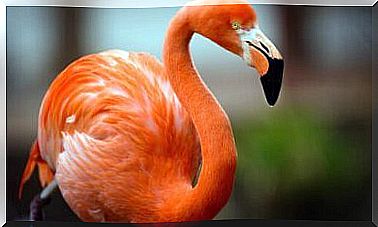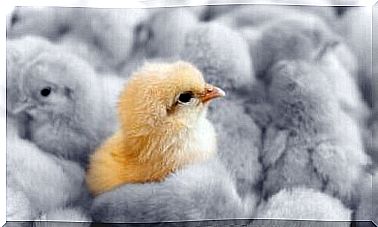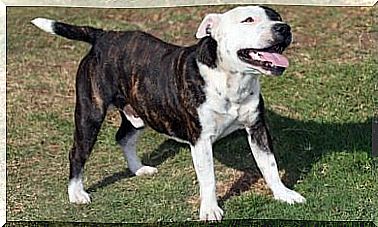Feline Rhinotracheitis: Causes, Symptoms And Treatment
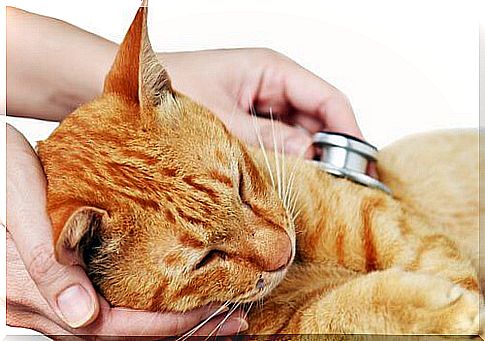
Today we will give you details on a disease that is quite common in cats and, unfortunately, also very contagious. This is feline rhinotracheitis, caused by herpesvirus (FHV) and / or feline calicivirus (FCV). It is transmitted by direct contact between domestic cats and, although there are effective treatments, in some cases the disease can cause serious damage. Or, sadly, lead to death.
Feline rhinotracheitis, an infectious disease to know
This viral respiratory disease affects the upper airways. It is also known as feline flu and can occur at any age. However, it most commonly affects younger or older individuals, who can suffer from severe complications.
If the cause is FHV, the feline’s nasal, tracheal and conjunctival mucous membranes are compromised. In the case of FCV, the lungs and oral mucosa are also usually affected.
The two viruses are spread with great speed in colonies of cats, which are very difficult to eradicate. This is why feline rhinotracheitis is much feared in cat shelters, farms and shelters.

Know the symptoms of cat flu
Herpesvirus infection causes symptoms that can last for two to four weeks. In the case of calicivirus , the signs of disease are less dilated, over a period ranging from 7 to 14 days. Among the signs of feline rhinotracheitis, the most frequent are:
- Sneezing.
- Tearing.
- Fever.
- Nasal mucus.
- Conjunctivitis.
- Blepharospasm.
- Hypersalivation.
- Cough.
- Loss of appetite.
- Apathy.
Feline rhinotracheitis: how does the infection happen?
Feline flu viruses are spread very easily through the tiny droplets that your cat spreads when it sneezes. But contagion also occurs through tears and mucus. In addition, a person’s clothes or any object that the infected cat has rubbed his face on can also be a source of infection.
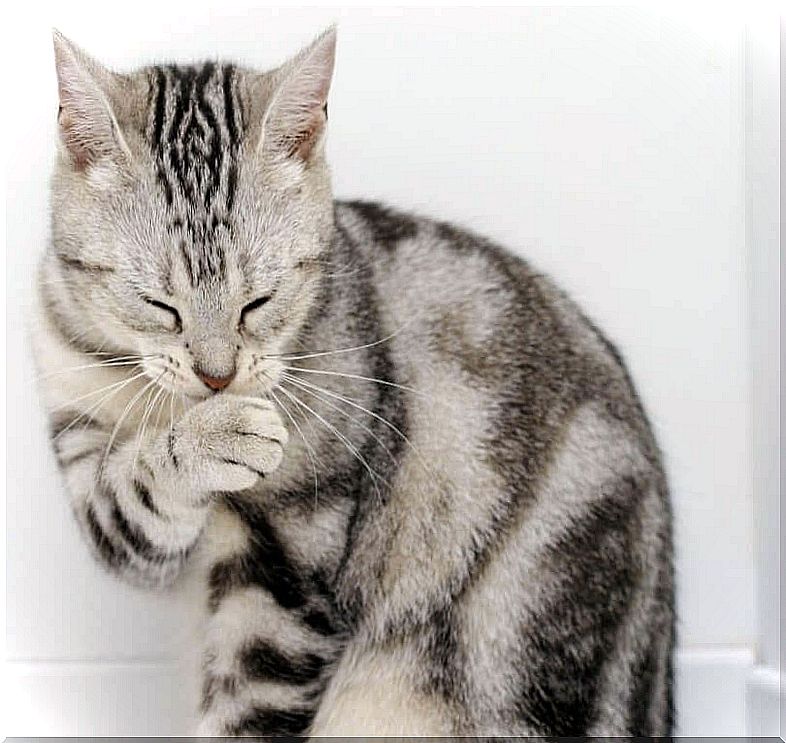
Therefore, the cat becomes a carrier of the disease, throughout its life and, in addition to infecting its congeners, it can reactivate the disease which, however, will present itself in less serious forms.
Treatment of feline rhinotracheitis
Your vet will order laboratory tests to confirm the diagnosis. But there is no curative treatment for this disease, although symptoms can be alleviated or, some secondary bacterial infections, prevented and treated. For example, amoxicillin is used , which is a broad-spectrum antibiotic. Furthermore:
- If the animal has purulent conjunctivitis, antibiotic eye drops will be indicated.
- In smaller or weaker specimens, a quality diet is essential as a support.
- If the cat is dehydrated, fluid therapy will be needed.
- The use of corticosteroids is recommended if stomatitis-lymphoplasmacytic gingivitis occurs.
- Commonly used disinfectants are effective in eliminating the virus, but it is essential to maintain good general hygiene of the spaces.
- Specimens that are infected or suspected of having contracted the virus must be isolated.
The good news is that most cats recover well when treated correctly, but a good number of them will have permanent consequences. For example, sinus obstruction, excessive mucus secretion, and chronic eye infections.
Since prevention is always better than cure, we advise you to have your kitten vaccinated against this disease. While it is certain that vaccines can alleviate the severity of the disease, they are not always able to avoid infection 100% or that your four-legged friends become carriers.


